Space
Sign up for our newsletter
We summarize the week's scientific breakthroughs every Thursday.
-
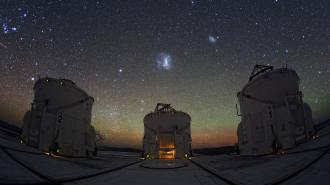 Astronomy
AstronomyAstronomers call for renaming the Magellanic Clouds
Explorer Ferdinand Magellan is not a fitting namesake for the pair of satellite galaxies of the Milky Way, a group of scientists argues.
-
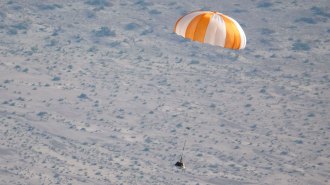 Space
SpaceNASA’s OSIRIS-REx has returned bits of the asteroid Bennu to Earth
Asteroid dirt from Bennu could help reveal clues about the material that came together to make the solar system — and possibly where life comes from.
-
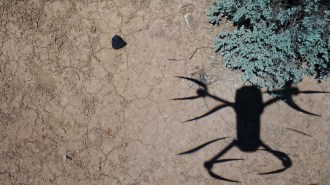 Planetary Science
Planetary ScienceHow drones are helping scientists find meteorites
Searching for fallen space rocks is labor intensive. A team of researchers in Australia is speeding things up with drones and machine learning.
-
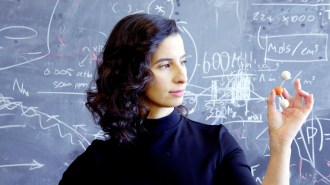 Space
SpaceClara Sousa-Silva seeks molecular signatures of life in alien atmospheres
Quantum astrochemist Clara Sousa-Silva studies how molecules in space interact with light, offering clues to what distant objects are made of.
By Elise Cutts -
 Physics
PhysicsScientists have two ways to spot gravitational waves. Here are some other ideas
From lasers in space to falling atoms on Earth, researchers are cooking up ways to sense gravitational waves that current methods can’t detect.
-
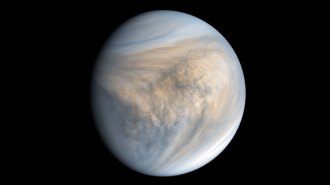 Planetary Science
Planetary ScienceFlashes in Venus’ atmosphere might be meteors, not lightning
With upcoming missions planned for Venus, scientists are eager to figure out the origin of the mysterious flashes.
By Sid Perkins -
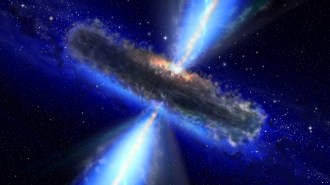 Astronomy
AstronomyActive supermassive black holes may be rarer than previously thought
A dearth of rapidly growing black holes in new James Webb telescope data raises questions about how these behemoths grow and influence their galaxies.
-
 Space
SpaceIndia’s successful moon landing follows recent failures by other countries
The Chandrayaan-3 mission delivered a lander and rover to the moon. Attempts by other countries this year show that getting there is still a challenge.
-
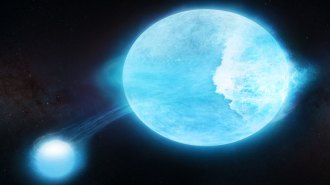 Astronomy
AstronomyThis extreme star might have huge tidal waves
Gravitational forces between two orbiting stars might be creating huge waves of plasma on one of the stars that break and crash to the surface.
By Liz Kruesi -
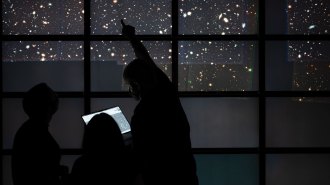 Astronomy
AstronomyJWST’s hunt for distant galaxies keeps turning up surprises
In its first year, the James Webb Space Telescope has found many galaxies from the early universe that are bigger, brighter and more mature than expected.
-
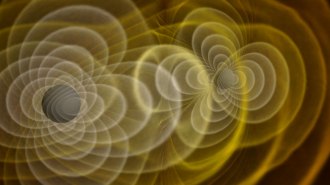 Space
SpaceRecoiling black holes could move at nearly one-tenth the speed of light
Knowing black holes’ speed after being kicked by gravitational waves can reveal how much energy converging black holes can release.
By Nikk Ogasa -
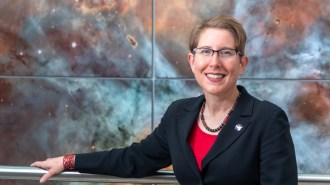 Astronomy
AstronomyMeet Jane Rigby, senior project scientist for JWST and advocate for LGBTQ+ astronomers
Rigby, senior project scientist for the James Webb Space Telescope, believes being part of the LGBTQ+ community has made her a better astronomer.